Shiva lingam - A Glorious Worship
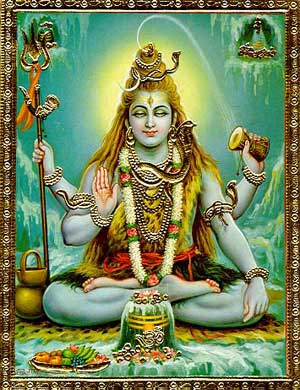
In physical terms lingam denotes an erect penis. Shiva lingam is the most worshipped entity in Hinduism religion. We find Shiva temples having a Shiva lingam installed in them at every nook and corner of India nay world. Why?
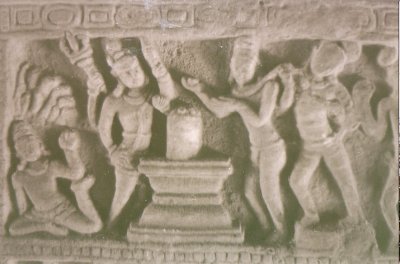
No one exactly knows when the worship of Linga or Lingam started in Hindu religion. But throughout the history the worship of Linga has been identified with Lord Shiva. And thus Linga is also known as Shivling or Shivlingam and is of great importance in Hinduism.
shiva lingam is the holy symbol of Lord shiva that is considered quite sacred and worshipped with devotion by the devotees. The sanskrit word li.ngam means symbol, so shiva lingam means symbol of shiva. It is considered the foremost sacred symbol for shaivaites and has been worshiped for ages. The purANas like shiva mahA purANam discuss about the superiority of li.nga worship. (1) (The Indus valley excavation is an example for the presence of this worship in olden times.)
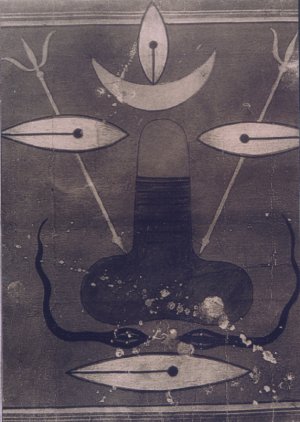
Once the god of creation brahma and the god of protection mahA vishNu entered in an argument on deciding who is greater. When those two great gods were fighting between themselves, the Greatest of all Lord shiva who is formless and transcends everything appeared as a pillar of flame. God told brahma and vishNu that whoever finds the head or the foot of His flame form would be considered greater. brahmA took the form of swan ( ha.msam ) and set out to reach the top of the Fire. vishNu became a wild pig to see the foot of the Fire. Where are the limits for the infinite God ? They could not succeed in spite of their heavy effort. They realized their mistake and the peerless greatness of Lord shiva. The God who can never be reached by ego appears as the form of love to those who surrender to Him. Lord shiva appeared in the form of shiva li.ngam (which is the shape of flame) for their benefit. They worshiped that oldest form of Him and got blessed. The God who came to bless them from the Flame, from the li.ngam is known as li.ngodbhava (2). This incident is depicted in shiva mahA purANam (1) and many other scriptures.
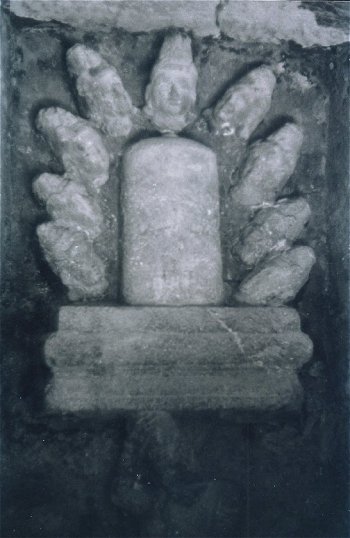
As the God stood as pillar of flame, the natural adornment for the Lord is Holy Ash. (As ash would be found on the surface of the fire). As the God stood as the Luminat Flame that stood up the shiva sahasranAma hails God as Urdva retas and the shiva aShtottara as hiraNya retas. The hymn that starts nidhana pataye namaH, refers to many similarities of Flame and shivalinga.
God is formless, attributeless and omnipresent. This state is called arUpa (formless). For the benefit of the pashus, He took the form of shiva li.ngam which is neither form nor formless but is a symbol. This symbol of Him is called arUparUpam (formless form). He took many forms out of His mercy to bless all, which are called rUpams. (2). shaivam worships the God in all these three states. The oldest form that the formless God took namely the shiva li.ngam is called sadAshiva mUrtam and is worshipped in the altar of His abodes (temples). The forms that He later took which are called mAhEshwara mUrtam are worshipped in the outer circles in a temple.
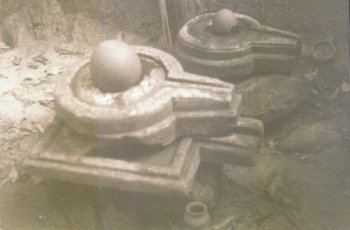
This shiva li.nga worship is superior because it makes the worship
simple because of the form while maintaining the truth that God is
not having any definite form. There are a lot more marvelous principles
behind the shiva li.nga worship which could be found in detail in standard
scriptures
Worshipping Shivling at Home
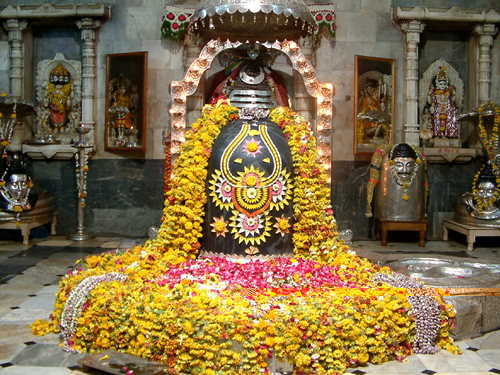
Before starting the Puja, the devotee takes a bath and wear freshly washed clothes.
Smearing ash (bhasma): The devotee worshipping Lord Shiva should smear holy ash on his forehead in three horizontal stripes - Tripundra. The stripes symbolize Absolute Knowledge, Purity and Penance (Yogasadhana).
Wearing rudraksha: The devotee should wear a rudraksha beads' mala while worshipping Lord Shiva. The rudraksha converts the divine light frequencies into the sound frequencies in the human body and vice versa. Hence, it facilitates the absorption of divine frequencies and transformation of one's thoughts into divine language, so as to reach one's divine Principle of worship.
Rudraksha absorbs sattvik frequencies and emits similar frequencies from its mounds. When a genuine rudraksha is held in the hand, its vibrations can be felt in the fingers. At that time, the body is absorbing the sattvik frequencies emitted by the rudraksha.
Hymns praising Lord Shiva or the mantra ‘om namaha shivayaa’ are repeated throughout the puja .
First it is the panchamrit abhishek - the libation of five holy liquids over the lingam. The libation can consist of any five of the following – water from river Ganga, honey, sugarcane juice, milk, yogurt, ghee, seawater, coconut water or milk, fragrant oils, rose water or other precious liquids. Usually, only milk of cow is used. While pouring the liquid, om namah shivaya is uttered. Some devotees utter the Lord’s name 108 times and some 1008 times. There is no fixed rule.
After the panchamrit abhishek, the lingam is cleaned with water from Ganga. (This is might not be possible always so just normal water.) After this the lingam is smeared with sandalwood paste and is decked with flowers. Water and sandalwood paste is used to keep the lingam cool, as Lord Shiva is always in a highly inflammable state. In some Shiva temples, cooling liquid constantly drops from pot hung above the Lingam.
Bel leaf is offered to Linga. It is kept on the pindi with its back facing upwards and the stalk pointing toward the worshipper. The intention is to draw the combined energy from these three leaf petals towards oneself, leading to the reduction of one's trigunas.
Next, sweets, coconut and fruits are offered to the Lord. Camphor and incense are lit and ‘arati’ is conducted.
Finally, ringing of bells or blowing of conch indicates the end of Puja. White ash (vibhuti) is rubbed on the forehead and it is also distributed. Fruits, sweets and coconut are distributed as ‘prasad.’